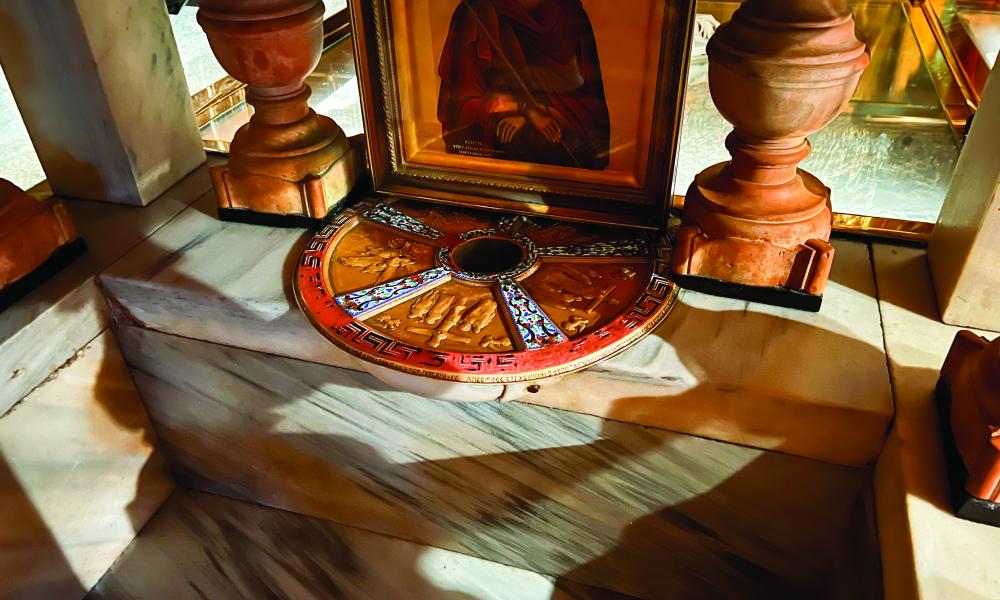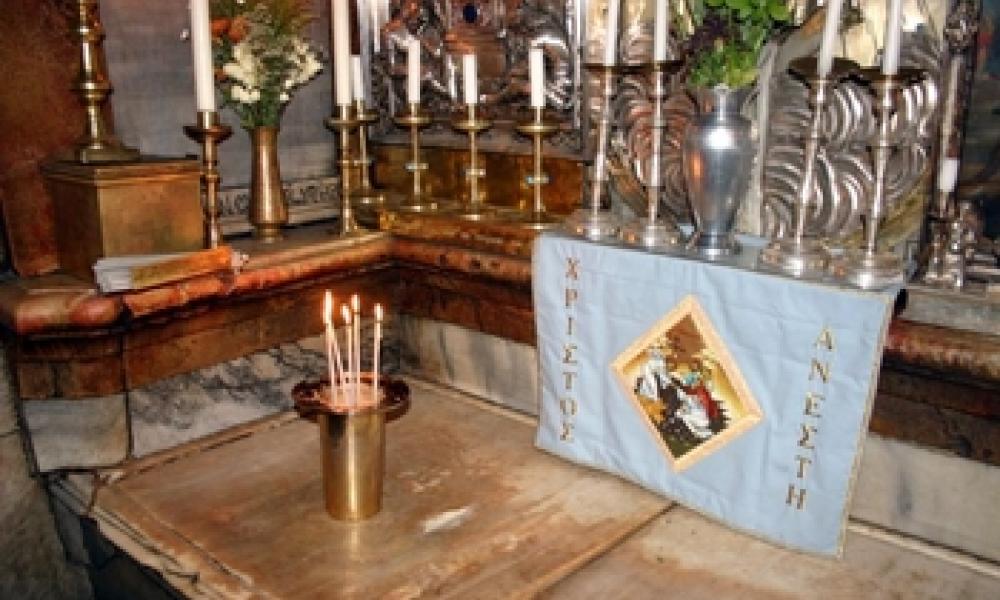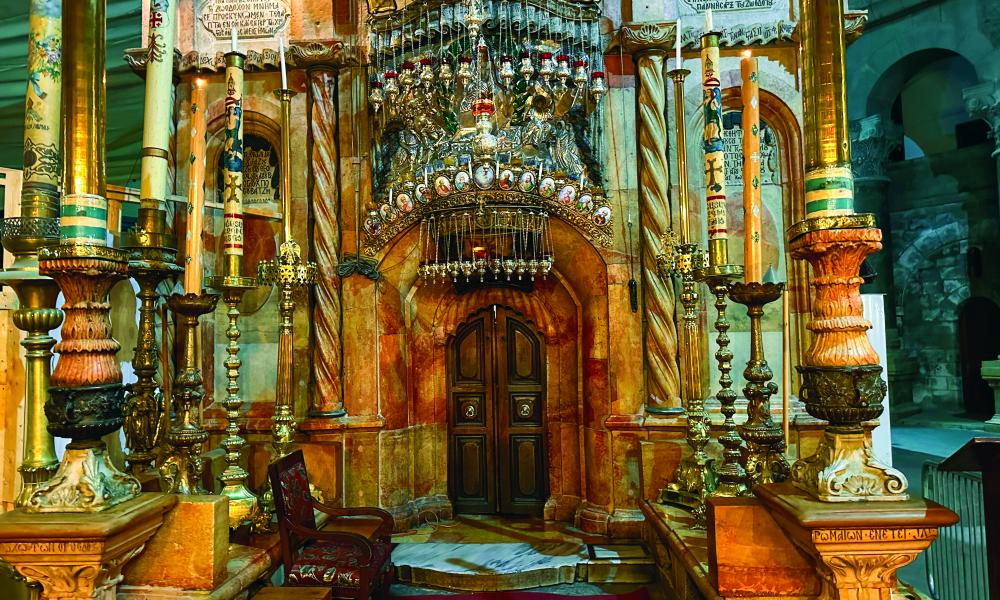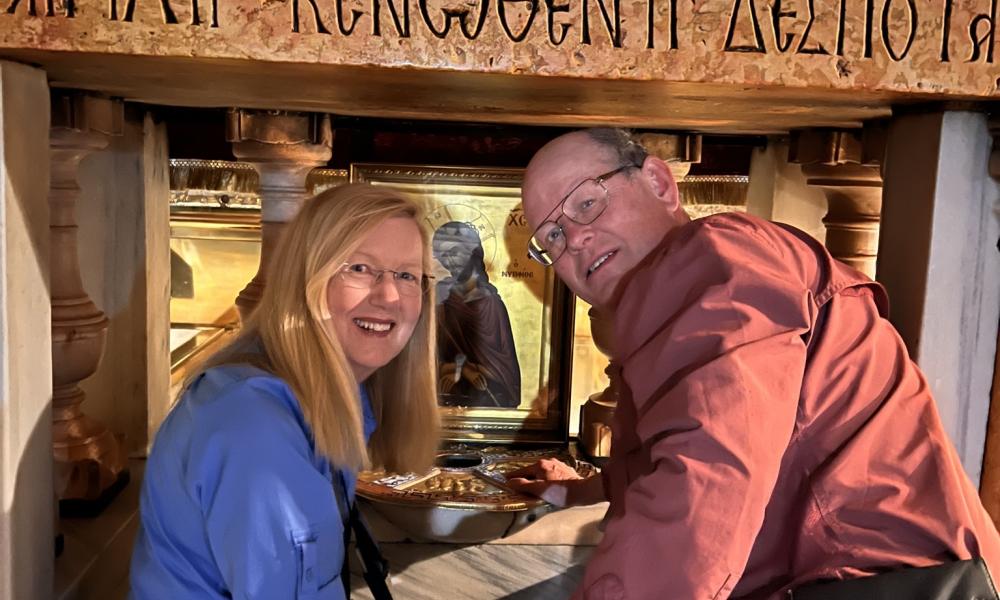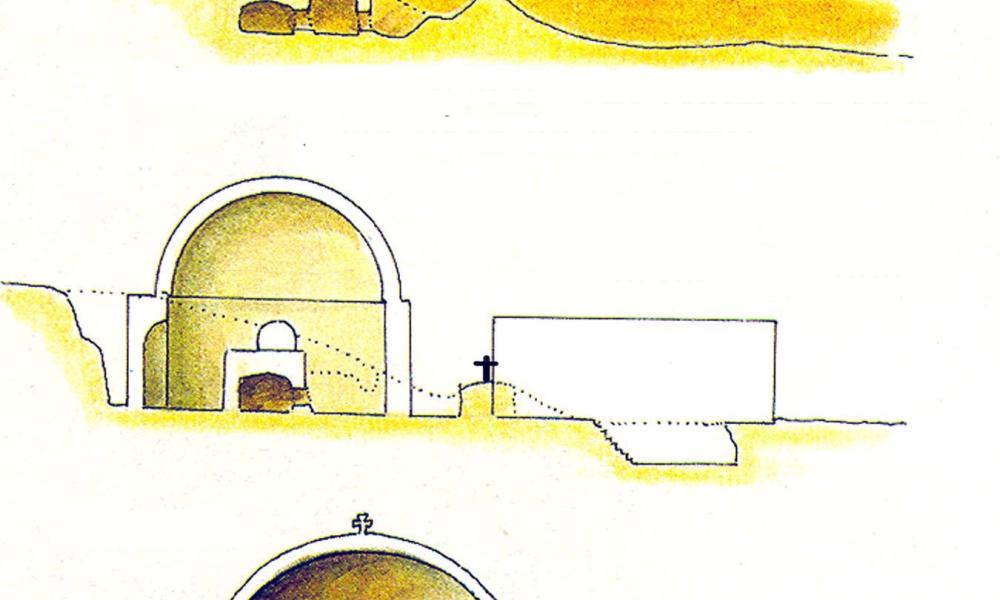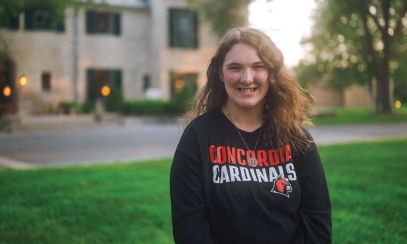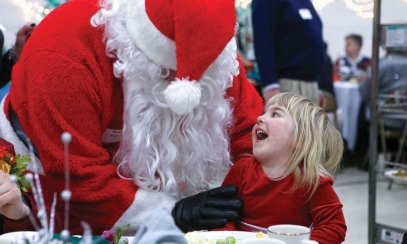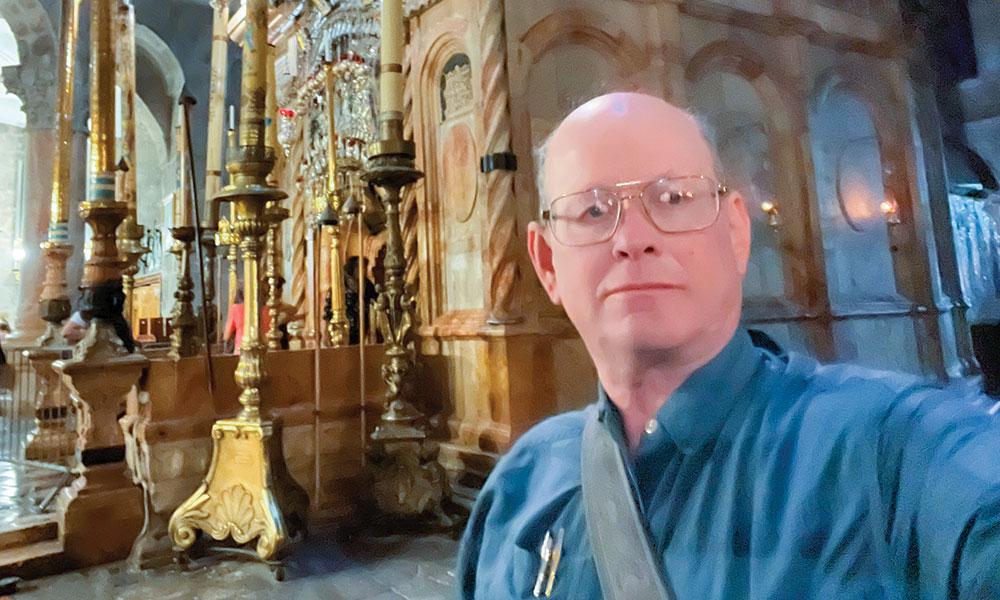
Encountering Christ in the Holy Land
We had a bit of downtime that afternoon in Jerusalem. My 15-year-old daughter and her friend announced they were going to walk over to the Holy Sepulchre to pray in the tomb of Christ. We said OK and off they went. From our hotel, it was only a 10-minute walk. We had walked there and back with her many times, and we have good friends along the way, so we knew they’d be safe.
We had a bit of downtime that afternoon in Jerusalem. My 15-year-old daughter and her friend announced they were going to walk over to the Holy Sepulchre to pray in the tomb of Christ. We said OK and off they went. From our hotel, it was only a 10-minute walk. We had walked there and back with her many times, and we have good friends along the way, so we knew they’d be safe.
An hour later, she arrived back at our hotel room and dramatically threw herself on the bed in tears. My wife and I looked at each other in shock and asked our daughter, “Why are you crying — what happened?” It took her a few moments to gather her composure, and then she looked us in the eyes and said, “I’ve been in that tomb with you many times before, but this time I realized he was really there!” Our daughter had a very personal and mystical moment in that tomb with our Lord.
She has since grown and married and has three beautiful children. But she will readily tell you today that one of the reasons she is so in love with Jesus and his Church is because of that moment in the tomb 20 years ago.
It’s a special place for all of us. As owners of Footprints of God Pilgrimages, my wife and I have visited that tomb and the top of Calvary, all under one roof in the Church of the Holy Sepulchre, more than 200 times. It never gets old.
Even though it is often full of crushing crowds, the pro-found impact of that sacred and holy space never fails to leave a mark on our souls. I often tell our pilgrims that you come with the expectation of touching the land, but don’t be surprised when the land reaches up and grabs you.
In walking the length and breadth of the small geo-graphical area of only 8,000 miles (around the size of New Jersey), we realize that this is holy ground because God walked here. And his presence can still be felt. No one visits this land and returns home the same.
As you enter the Holy Sepulchre, it takes a few moments for your eyes to adjust. The smell of oil lamps, ancient stones and incense are the first thing you notice when you step through the huge doors. It doesn’t look like a church, at least not the kinds we are used to. The first thing you notice is the Stone of Anointing, where Jesus was laid in preparation for burial. Each morning, it’s rubbed with rose oil, and pilgrims venerate the rock and bring a cloth or handkerchief to absorb some of that oil as a memory.
To the right are ancient steps, well worn with millions of feet that have circled their way around to the top of Calvary. After a short time in the line under the dark-ened oil lamps, you step up to the altar. As you reach down through a hole to a rock below, you suddenly realize what you’re touching. I tell our folks, “If you had done that 2,000 years ago, your hands would’ve come up sticky with his blood.” The look on their faces is one of shock and awe. They realize the blood that dripped on this rock was for their sins, and it was because of that blood that they are redeemed. We often have to pinch ourselves to realize that we’re really here!
Next to the top of Calvary is a statue of Mary in a glass case. Her eyes are full of sorrow and confidence at the same time, and a sword is piercing her chest. It had been prophesied earlier by Simeon “A sword will pierce through your own soul also.” (Lk 2:35) Mary now fully realized the meaning of those words as she stood right here looking up at her dying son.
I remember bringing Al Kresta and his wife Sally with us on a pilgrimage. Al is CEO of Ave Maria Radio and host of “Al Kresta in the Afternoon.” Al sat in his wheelchair at the top of Calvary staring at the place where Jesus died for him. I watched him with tears in my own eyes as he was enraptured in wonderment and deep emotion. He told me later that it was one of the most profound and moving moments of his entire life.
After going down the stairs on the other side, we walk the short distance of 100 feet and turn right to glimpse a rustic and ancient edicule which covers the place where Christ was buried.
It no longer looks like a garden and a simple tomb hewed into the hillside. Queen Helen completed the first church over these sites of the crucifixion and burial in AD 335. She carved the hillside away and built an enclosure over the tomb and a massive basilica over the enclosure. Through the centuries since then, millions of people have lined up to venerate that cold stone upon which Jesus’ dead body once lay.
When you stoop to enter and pray you struggle to realize where you actually are. It is almost surreal. You emerge from the cramped tomb with tears in your eyes and exclaim, “The tomb is empty!” I have seen this with our folks thousands of times.
I remember the time we took six of our oldest grandchildren, ages 9 to 13, to the Holy Land. I had scheduled a private 5 a.m. Mass inside the tomb — just our family and the priest. I can’t begin to tell you the impact that 30 minutes had on our family, especially when reciting the creed, “He rose again on the third day in accordance with the scriptures.” Some of those grandchildren are in university today and, if you ask them, they will tell you that part of the reason they are so devoted to the Catholic faith today is because of those 30 minutes celebrating Mass in the tomb. They know it is true with a capital “T.”
A pilgrimage to the Holy Land is a profound experience that leaves an indelible mark upon the soul. My wife and I have no greater joy than to share these places again and again with joyful pilgrims. You may ask, does it ever get old for you? I’d have to say, no, because we see it again for the first time through their eyes.
Steve Ray is a parishioner at Christ the King in Ann Arbor.

